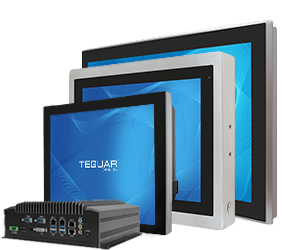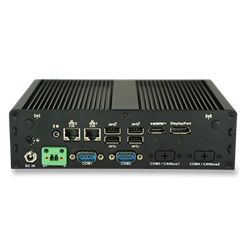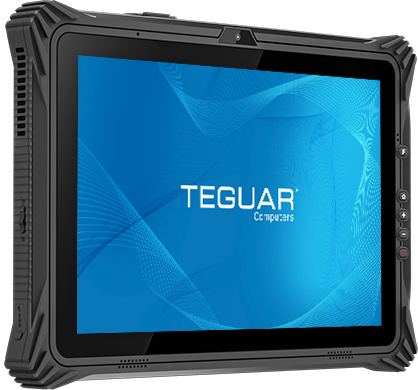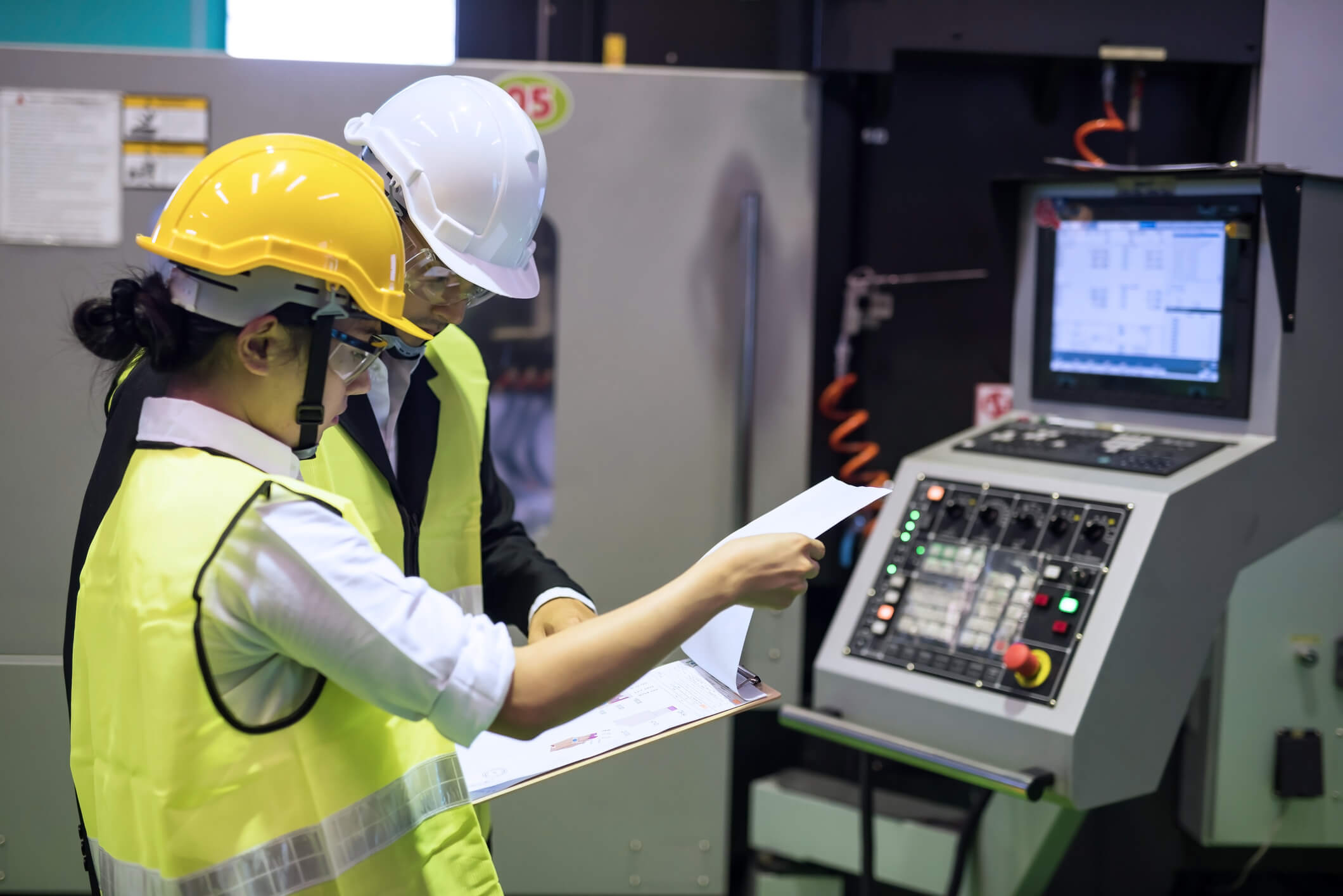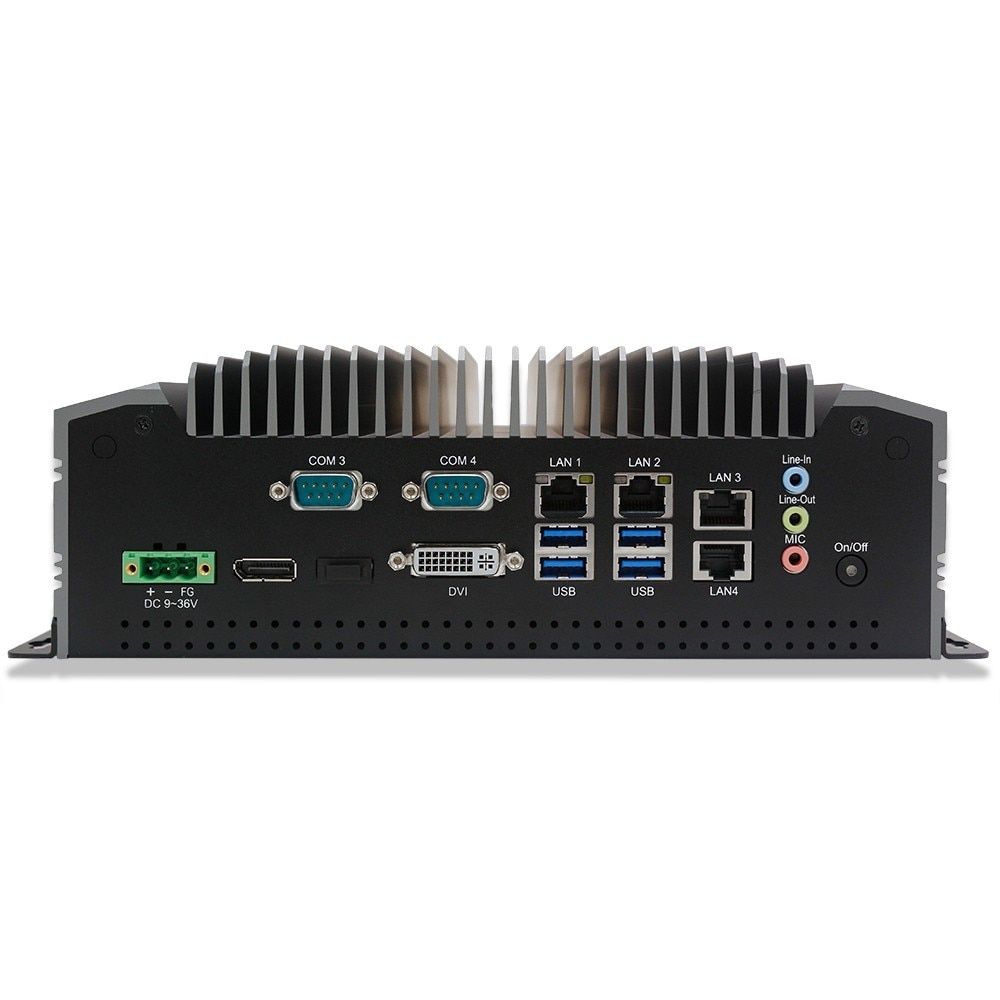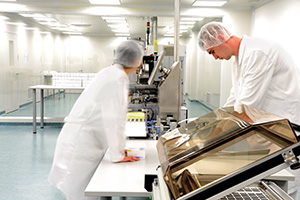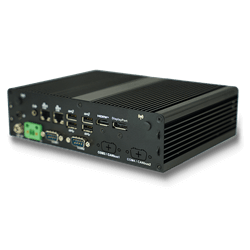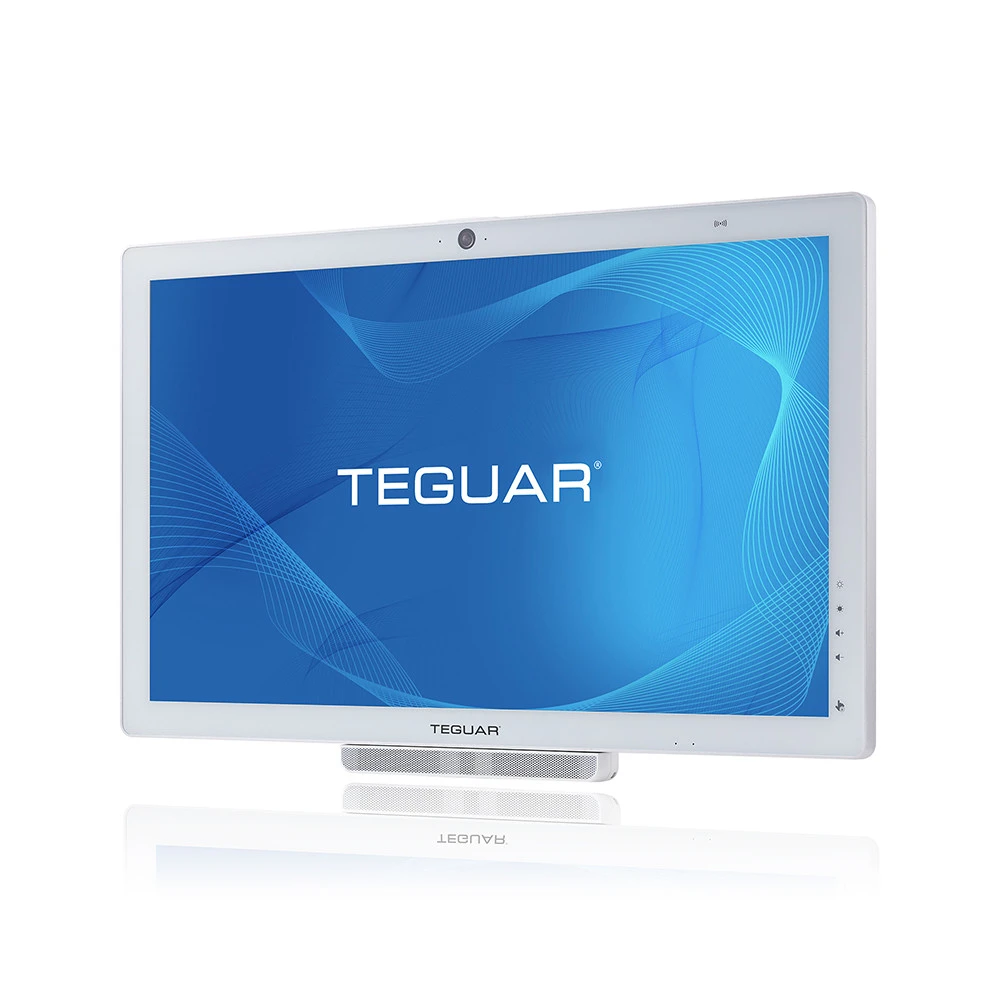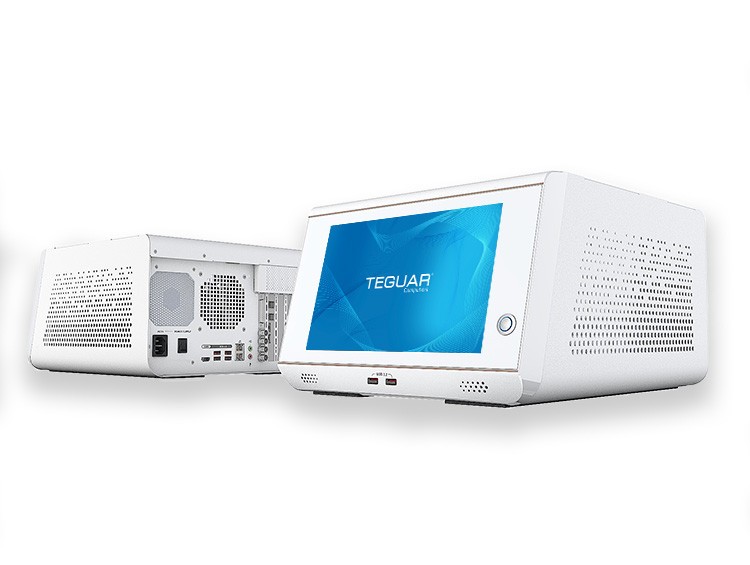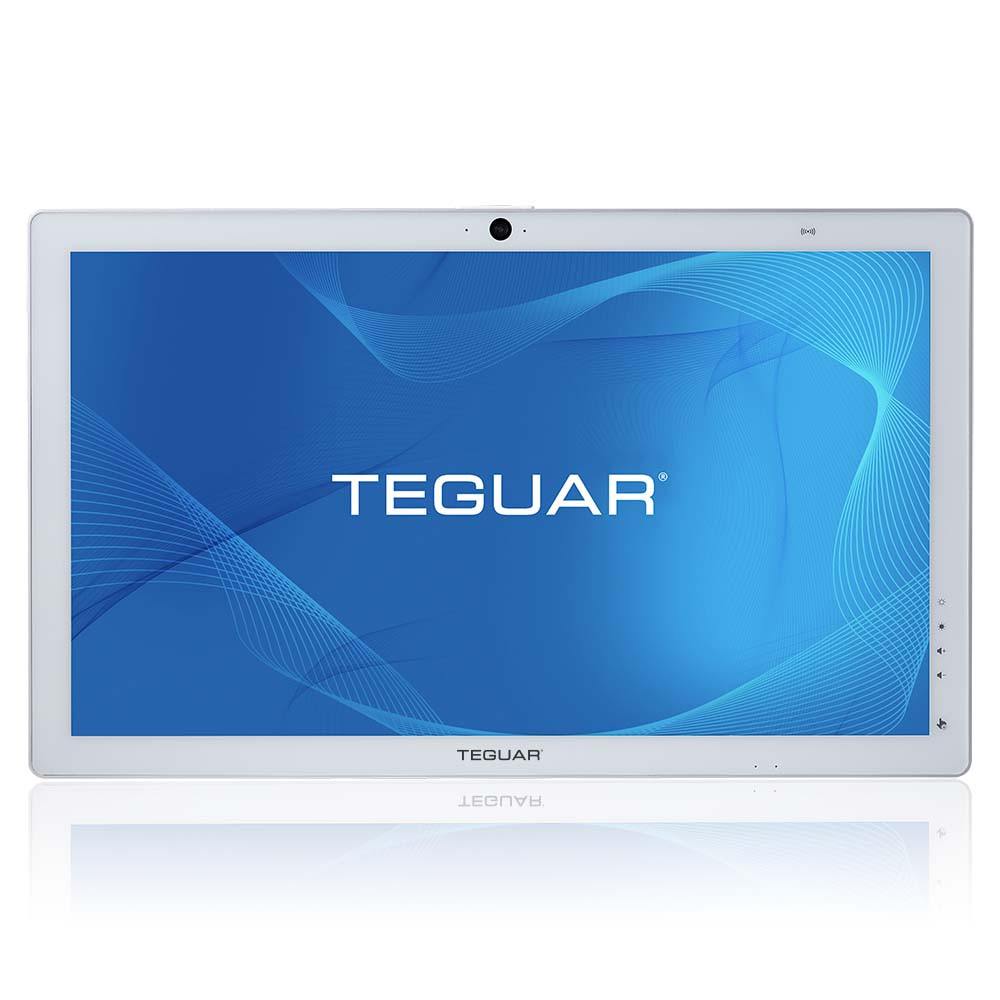Wireless Connectivity for Rugged Tablet PCs
Wi-Fi
This is one of the most widely known wireless communication protocols used for home and business applications. WLAN (Wireless Local Area Network) or 802.11 are the other technical terms describing the same technology. Under the 802.11 protocol, frequencies and speeds have changed over the years and consumer grade devices utilize the technology first. 802.11 Wi-Fi is categorized by (a/b/g/n/AC) which operate at different frequencies and have different bandwidth speeds. When selecting your industrial computers, it is important to make sure existing WLAN access points are compatible with new devices and to ensure your network is up to date to meet any required bandwidth speeds.
Wi-Fi allows you to connect a rugged tablet or any other industrial computer wirelessly for the purposes of browsing the web, accessing the cloud, or connecting to local network servers. In warehouse environments, it is common to find rugged tablets mounted on a forklift that rely heavily on a reliable Wi-Fi connection for inventory management. Warehouses and factories can be tens of thousands of square feet so it is important that your wireless 802.11 network is setup to support Wi-Fi roaming in these environments. Otherwise your forklift mounted tablet will encounter dead zones or crosstalk from other WLAN access points if channels are not setup properly. It is important to conduct a wireless site survey on your new or updated WLAN installation as 2.4Ghz and 5Ghz are vastly different on how well they pass through product. Contact a Teguar sales representative to assist you in setting up the best tablet and forklift mount solution.
Bluetooth
 Bluetooth (BT) is another commonly used wireless technology for connecting devices with short distances and low bandwidth. BT technology has evolved over time and has become more power efficient and secure with the latest BT standard being BT 5. Other technical terms describing the technology are PAN (Personal Area Network) or 802.15.1. BT has different classes ranging from Class 1 to Class 4 that vary the output power giving you connectivity range from ~0.5 Meters to ~100 Meters.
Bluetooth (BT) is another commonly used wireless technology for connecting devices with short distances and low bandwidth. BT technology has evolved over time and has become more power efficient and secure with the latest BT standard being BT 5. Other technical terms describing the technology are PAN (Personal Area Network) or 802.15.1. BT has different classes ranging from Class 1 to Class 4 that vary the output power giving you connectivity range from ~0.5 Meters to ~100 Meters.
BT is used in the industrial sector in many ways. With the IoT (internet of things) changing how we can monitor so many things, the possibilities are endless. For example, multiple wireless BT sensors can be connected to one rugged tablet while walking through a factory to collect temperature readings from a boiler, view CAN bus data from a forklift, and weight measurements from scales. In warehouse forklift applications you will find wireless BT scanners and label printers connected to rugged windows or android tablets.. If you’re looking to expand your business and cannot find an existing solution, Teguar’s custom OEM/ODM services can help you get there.
RFID/NFC
Radio Frequency Identification (RFID) and Near Field Communication (NFC) are basically the same form of technology. You can really look at it as a wireless barcode where the tag can be read in the vicinity of the RFID reader. RFID tags incorporate a small microchip and antenna that are incorporated into keychains, wristbands, credit cards, and small capsules as small as a grain of rice. There are many types of RFID protocols and security standards per frequency type so take this into consideration when designing your infrastructure. We suggest you verify this with Teguar’s technical specialists. Teguar Computers offer various types of RFID readers depending on the tablet option ranging from Low Frequency (LF) 125Khz, High Frequency (HF) 13.56Mhz, to Ultra High Frequency (UHF) 900Mhz. RFID read ranges are greatly affected by type of antennas on both the reader and the tag (active or passive) which can be from contact up to 15 meters on external solutions.
Rugged tablets utilizing RFID have been widely adopted by theme parks, cruise ships, casinos, animal tracking, inventory management and payment applications. You will find UHF RFID tethered or embedded into a Teguar rugged tablets to read tags from a greater distance. If you want to take inventory of all trailers in a truck yard without worrying about weathered barcode tags, you could simply walk past a fleet of trucks and have all data automatically wirelessly scanned. This longer range of RFID allows you to read a larger area which equates to more scanned products at once. Taking inventory of a whole pallet of product at once would be another example of UHF RFID. RFID can easily be used with moving objects or animals. Veterinarians and the Department of Natural Resources often use RFID with animals to track stocked salmon in the wild or return lost pets to their owners.
3G/4G LTE
3G and 4G LTE are considered as a Wireless Wide Area Networks (WWAN). All cellular towers are meshed across the globe to support multiple frequency bands that can vary per carrier and country. This is one of the more complicated wireless networks to work with due to global regulations and standardizations, wireless carrier competition, and wireless modem module compatibility. Currently, modem manufactures are starting to support global functionality which eases the certification and compatibility for global support.
Teguar supports customers across the globe so having our modems certified with wireless carriers is essential. Our rugged tablets can utilize modems that are certified with AT&T, Verizon, T-Mobile, Rogers, Vodafone, TELEC, Softbank, Docomo & more. Keep in mind that some carriers like Verizon, require that the final product is then run through another certification process before allowing users to get on their network. This can take months and be extremely costly, so this only makes sense for very large enterprise tablet rollouts.
Typical applications where WWAN is utilized on a tablet are for users that move outside four walls. Rugged Tablets are built to be mobile so having the ability to be constantly connected wherever you go is beneficial. Examples of applications that rely on a reliable connection are truckers and 1st responders for GPS routing where transmitting and accessing data in real time is crucial. Service technicians at a customer site or in a remote location can obtain schematics, generate PO’s, check inventory, and even have a live video chat with the home office to quickly debug problems. The applications that require real-time data just keep growing and become more demanding since business have greatly benefited from the efficiency of having connection on sites.
See Teguar’s Current Rugged Tablet Offering


